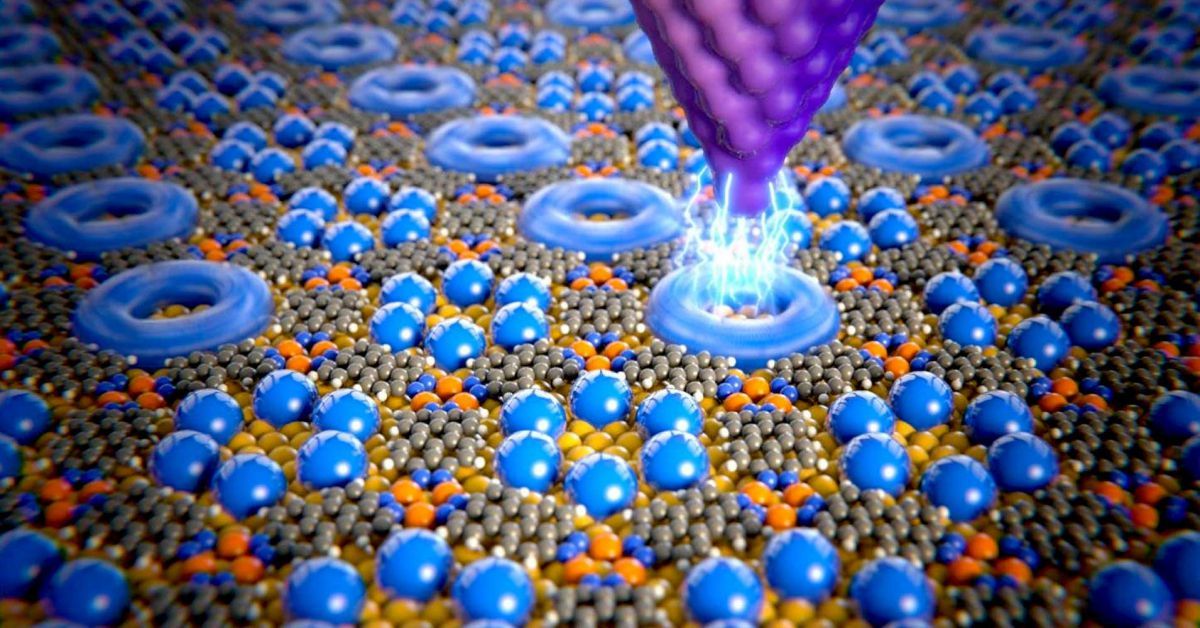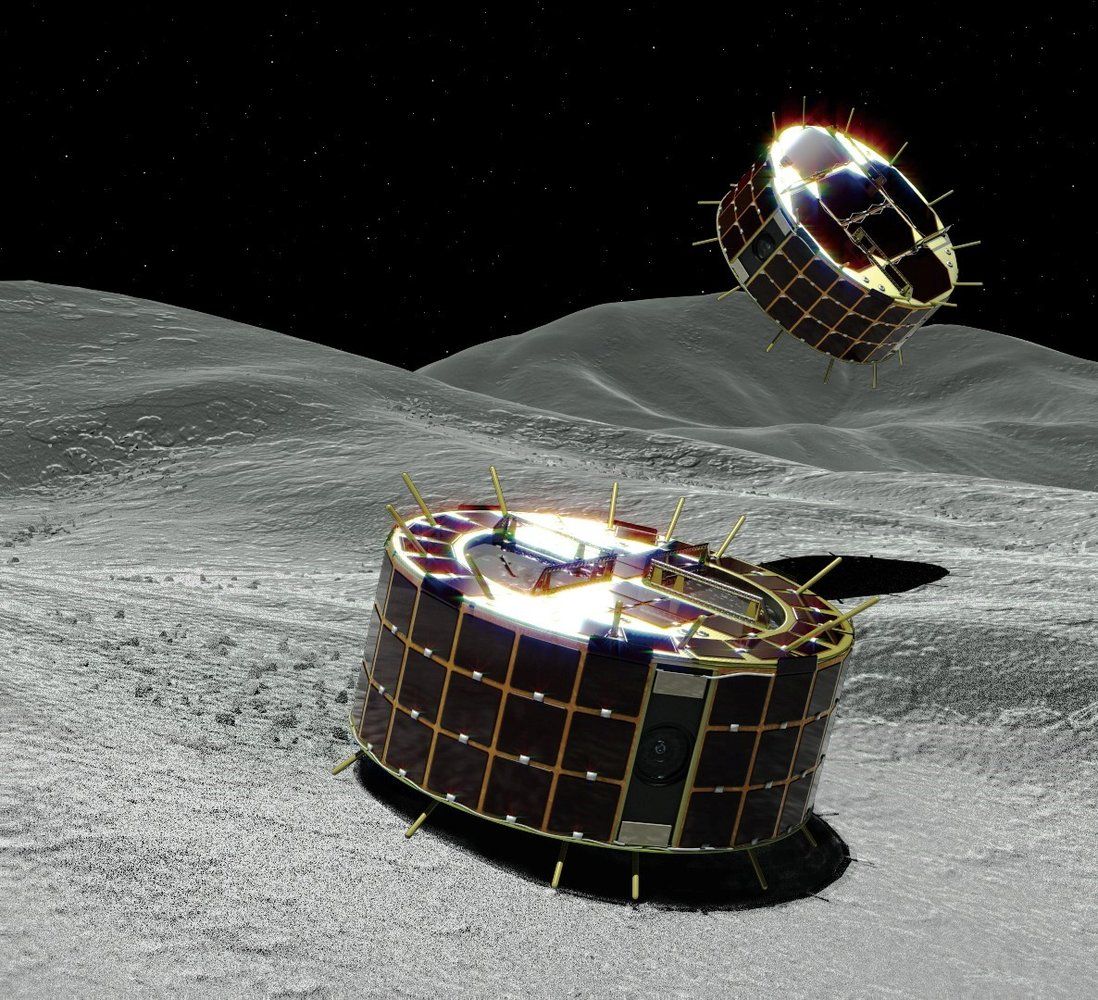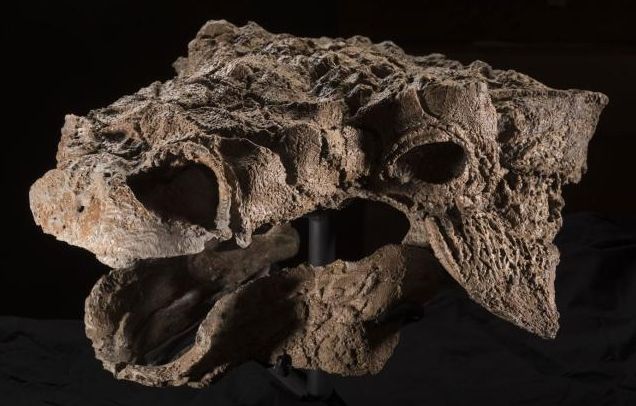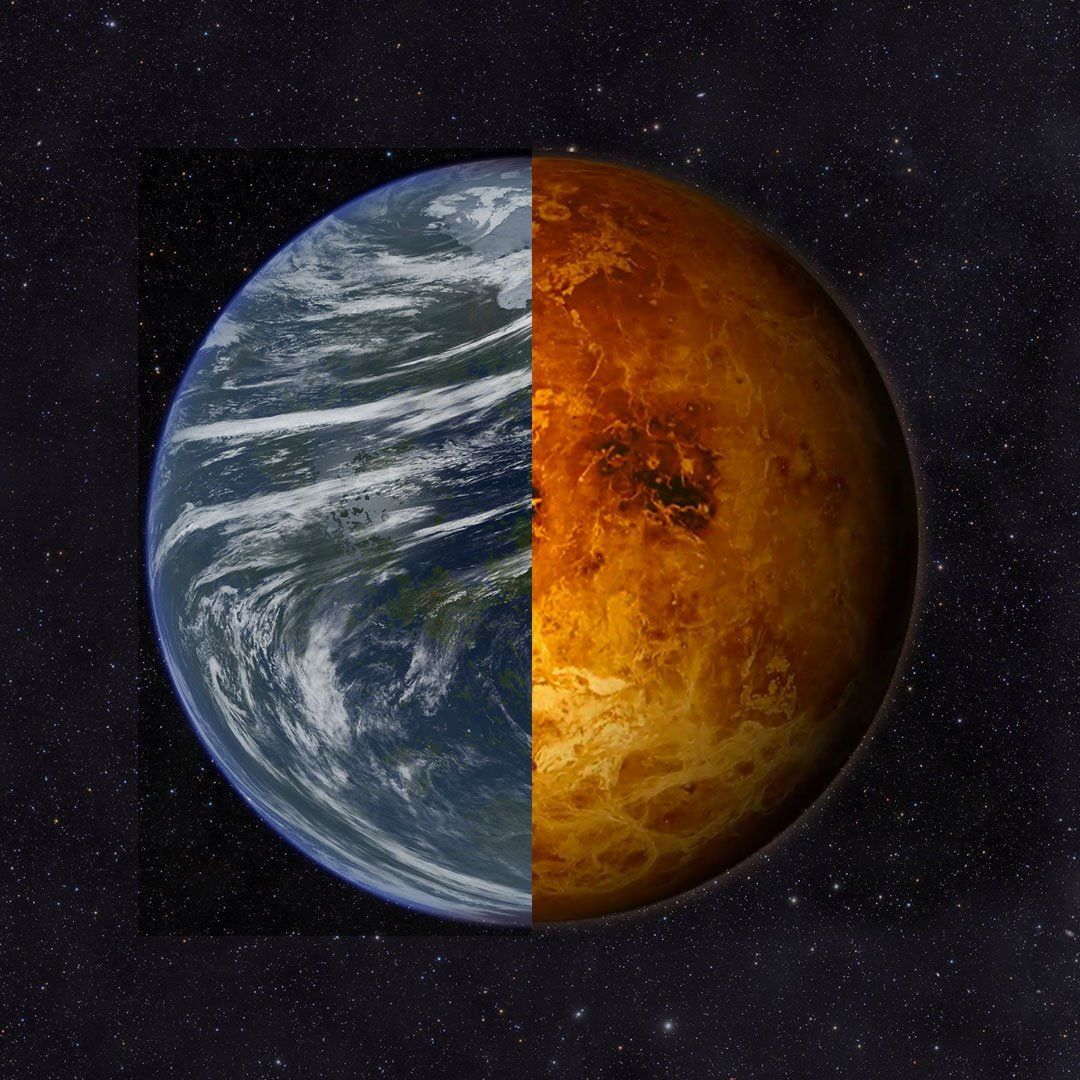Page 9581
Dec 17, 2018
Self-Organizing Molecules Could Store Data in Individual Atoms
Posted by Genevieve Klien in category: particle physics
Dec 17, 2018
A Google affiliate is planning a ‘smart’ neighborhood in Toronto. Local opposition is growing
Posted by Genevieve Klien in category: internet
A company wants to build a city from ‘the internet up,’ but locals are worried about privacy controls over personal data.
Dec 17, 2018
Meet OWL and HIBOU! Japan’s Asteroid Hoppers Get New Names
Posted by Alberto Lao in category: space
Dec 17, 2018
Best Friends Really Do Share Brain Waves, Say Scientists
Posted by Genevieve Klien in category: neuroscience
Dec 17, 2018
New species of incredible ‘living tank’ dinosaur unveiled
Posted by Genevieve Klien in category: futurism
Even fierce tyrannosaurs would have been afraid of Zuul, a club-tailed Cretaceous beast known as the “destroyer of shins.”
Dec 17, 2018
New research shows that tornadoes don’t form the way everyone thought
Posted by Genevieve Klien in category: climatology
Tornadoes are some of the most destructive weather events on the planet, so understanding how they form is vital in forming early warning systems that give people plenty of time to take cover. It’s long been thought that rotation in storm clouds is the very first sign that a twister is taking shape, but new research suggests that the cloud rotation might actually be the last piece of the tornado puzzle.
While monitoring a large tornado-producing storm in central Oklahoma, meteorologist Jana Houser of Ohio University gathered readings using a mobile Doppler radar that logged wind speeds twice per minute. This painted a detailed picture of the exact moment the clouds began to rotate, but it wasn’t until afterward that Houser and her fellow researchers noticed an anomaly.
Dec 17, 2018
Congratulations to Catriona Gray from the Philippines for winning Miss Universe
Posted by Michael Lance in category: futurism
Dec 17, 2018
A ‘Roadless Trip’ in a 3D-Printed Solar-Powered Snow Rover
Posted by Genevieve Klien in categories: 3D printing, solar power, sustainability
A Dutch couple is traversing Antarctica at 5 miles per hour in their Solar Voyager, which they made from upcycled plastic and solar panels.

















